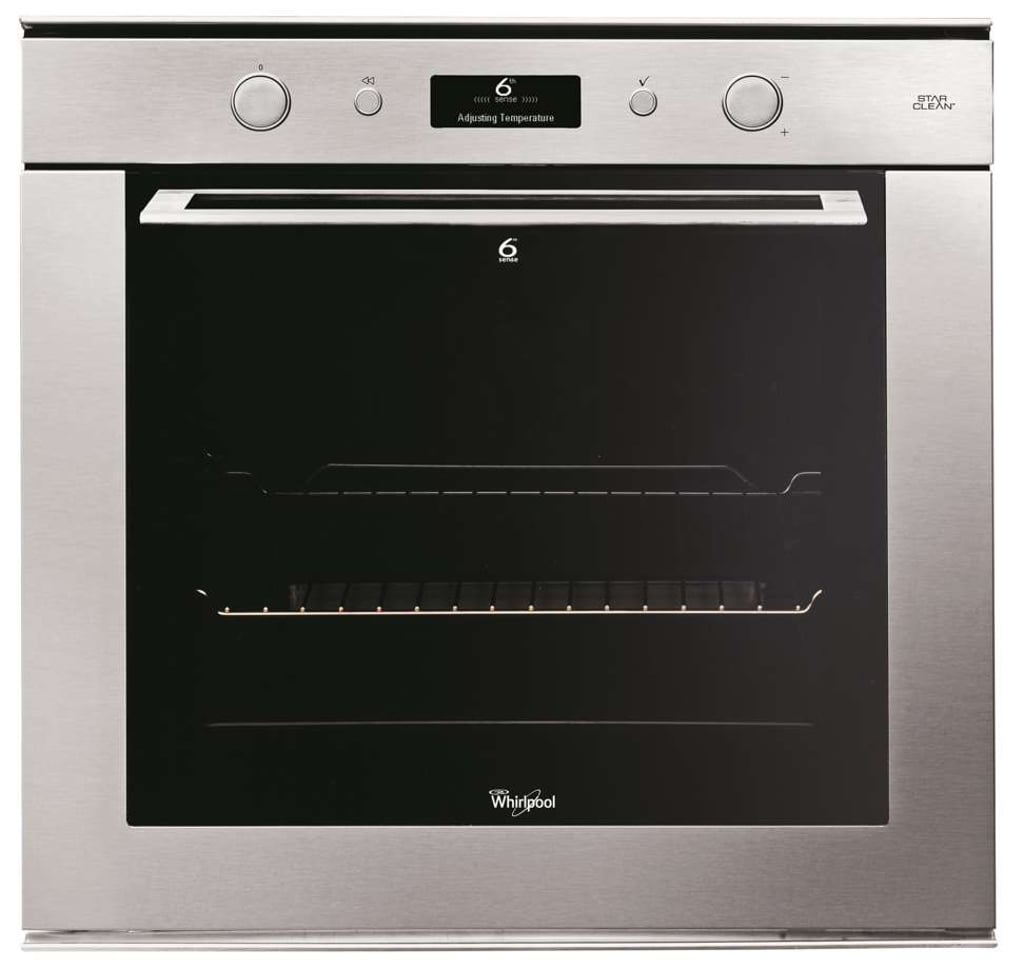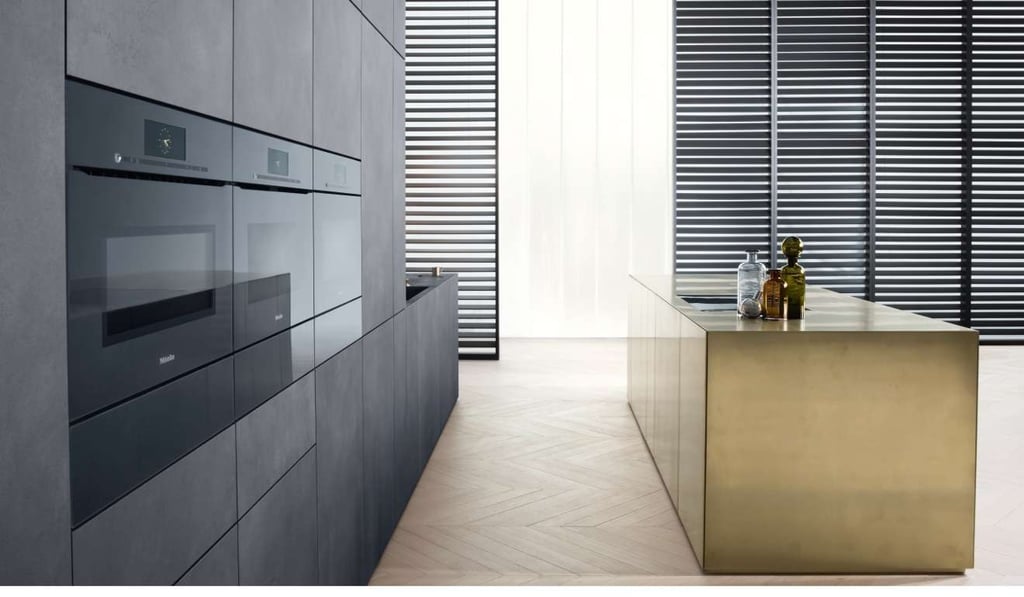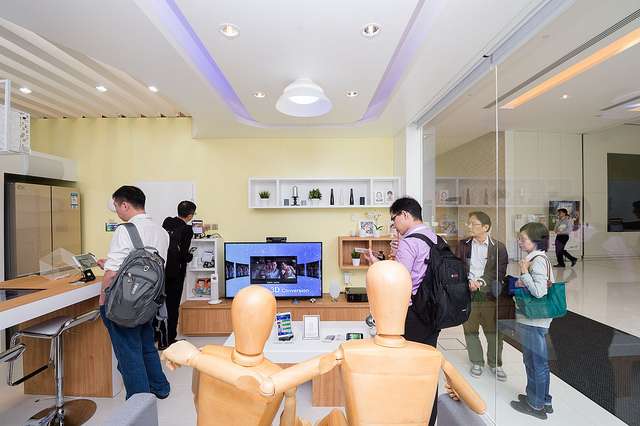Smart home appliances save time and optimise energy use

While remote access puts control of appliances in users’ hands, experts say the
next step involves bringing together know-how across a range of equipment
Smart technology is permeating every corner of the home with appliances, energy-saving tools and sophisticated control panels that are becoming smarter and meeting the needs of users rather than simply serving as the latest gadgets.
The age of the smart home has well and truly arrived and, as appliances change the way people interact within their homes, it is impacting how they live, according to Whirlpool. “When appliances such as washing machines, fridges and dishwashers can be accessed remotely, it changes how they are used, making features more readily used and making it easier to monitor and adjust habits to optimise energy consumption,” says Marco Signa, connectivity strategy senior manager at Whirlpool Europe, Middle East and Africa.
Another upshot of smarter technology is its potential to spread the load of household responsibility among family members. Devices that can be controlled remotely via an app are prompting greater shared responsibility for household chores where, Whirlpool says, “connected appliances actually lead to children and husbands getting more involved, thanks to the entertainment they find in using the application”.
Whirlpool’s 6th Sense technology puts the control of appliances in the hands of users via an app with functions that include alerting the individual to the progress of a washing cycle, to potential problems that may be averted by remote control.

Products featuring the technology include its built-in oven series. Key features include programmes that automatically weigh food and set the correct cooking function, time and temperature, while the brand’s Heater series reacts to changes in temperature in a room, automatically turning up the thermostat when it drops below a certain temperature, and vice versa.
Experts say that’s just the tip of technology. German brand Miele’s Invisible Kitchen concept suggests that the next step is bringing together technology across appliances and connecting them through interactive and touchscreen technology.
Miele’s vision is that a work surface will recognise ingredients placed on it and calculate details such as weight and preparation methods, while a cooking appliance will identify the vessel the ingredients are placed in and cook them according to a preset recipe. Miele says the system is “tantamount to being a cooking adviser that provides the assistance needed before things can go wrong”.

While this harmony between appliances is still in the concept stage, much of the technology already exists, and Miele has a string of awards to back up its testimony. The brand’s Tempcontrol function used in its induction hobs prevents food from burning, and the Moisture Plus technology of its Generation 6000 convection ovens has been widely praised with product awards from respected associations such as Red Dot Design.






